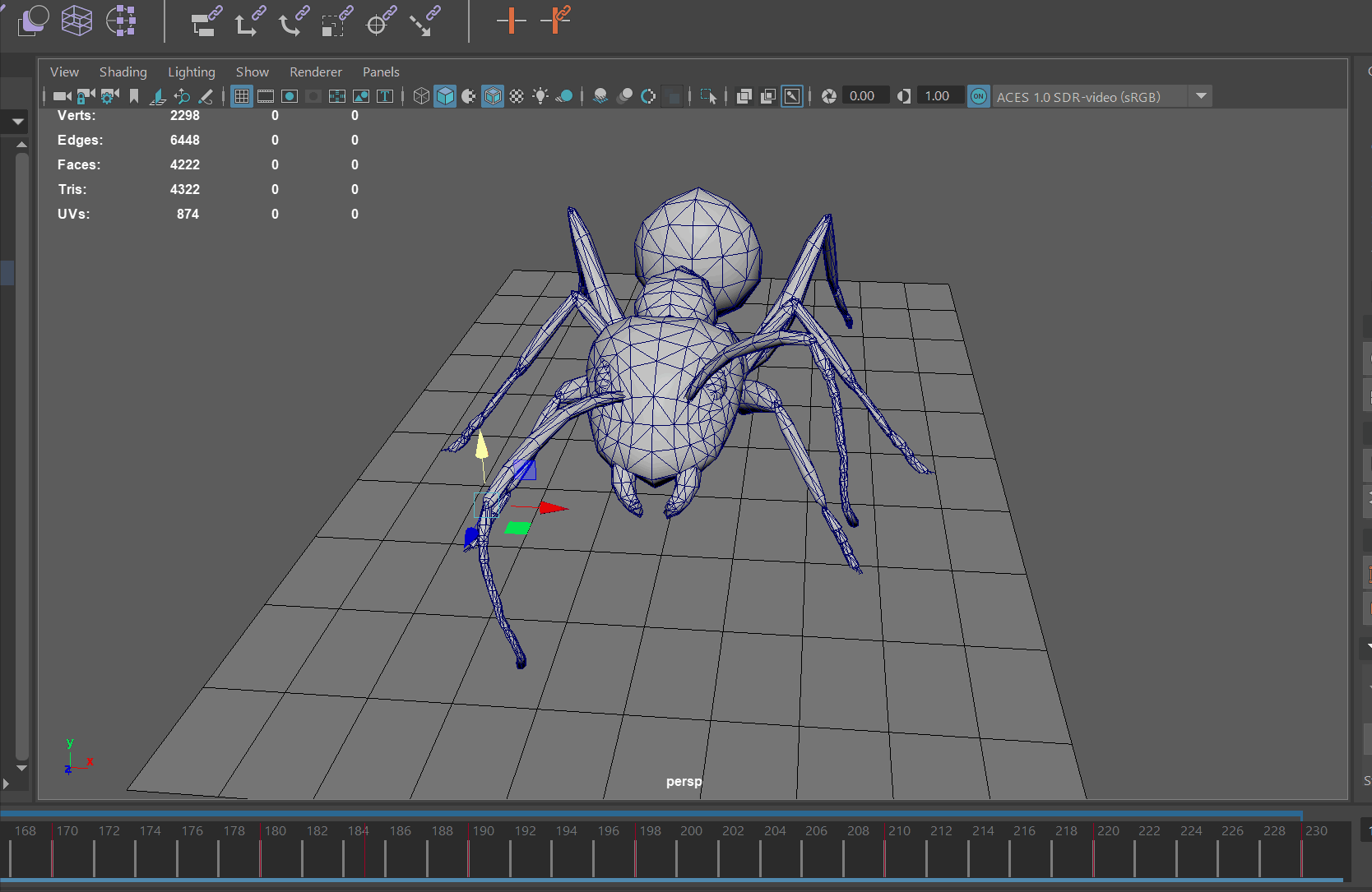Biology Education Research
Discipline-based education research (DBER) is a field of study that investigates how people learn and teach within specific academic disciplines, such as biology, with the goal of improving teaching and learning in those fields. It integrates principles of active learning and evidence-based pedagogy to design more effective instructional strategies. DBER in biology often involves assessing how different teaching methods, such as collaborative problem-solving or inquiry-based labs, impact student understanding and engagement. The goal is to improve student understanding of biological concepts and provide them with the expertise necessary to apply them in their careers post university education.

Active learning
Active learning is a modernized set of teaching and learning practices that involve active participation of students in the classroom. This approach has been shown to generate higher levels of understanding when compared the traditional lecture-style teaching and learning. While "passive learning" simply involves listening and taking notes, active learning includes a wide array of hands-on and/or critical thinking activities that make use of various tools in the classroom. These activities foster higher-order thinking, which are described in Bloom's Taxonomy as Application, Analysis, Evaluation, and Creation, which lead to better retention of and application of information.



Inclusivity in the classroom
With such a large level of investment into active learning, it is important that we understand the effect that these techniques can have on students from different demographics. Our own research has shown that active learning, particularly group-based active learning activities, can affect students differently based on their social personalities (introverts/extroverts). Differences in performance for group-related activities can affect what types of active learning techniques should be used in the classroom. Career trajectory, and whether those jobs are group oriented, also plays an important role when deciding how to use active learning exercises.



Using technology to improve biology education
Video games are very popular around the world. At the most basic level, these electronic games can be defined as a tool with which players generate visual feedback in response to an input, often resulting in the release of dopamine that reinforces specific behaviors. At a fundamental level, this positive feedback system makes video games incredibly fun! So much so that they have become a staple in many of our lives, particularly for Generation Z individuals who have been born into a world full of smart technology. Our lab is interested in using this technology to improve biology education, both directly through the incorporation of learning material into video games (e.g., Zombie Ants VR), and indirectly through the use of gamification principles like reward systems.
Virtual reality (VR) is particularly useful for education. Unlike other video game hardware, VR can invoke a sense of immersion and strong association with visual objects . These features offer unique opportunities to provide users with a new perspective that would otherwise be hard to accomplish in a typical classroom, experiences like visualizing the universe on a galactic scales (e.g., Galactic Center VR) or interacting with life at the microscopic level (e.g., BloodBlast VR). VR also offers alternatives for visual learners and can provide opportunities to those with physical disabilities. In these ways, VR can help bridge inclusivity gaps in education.



